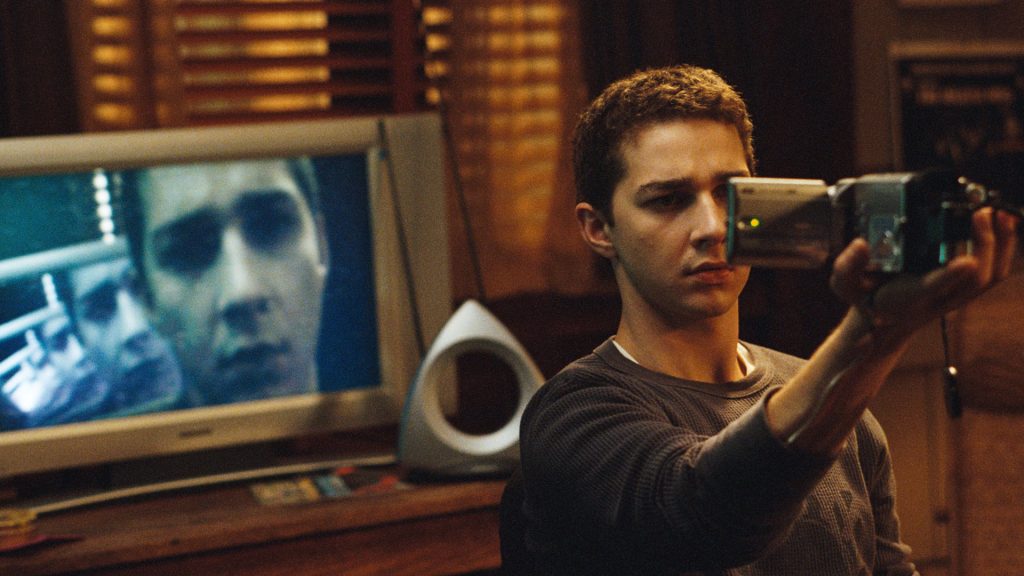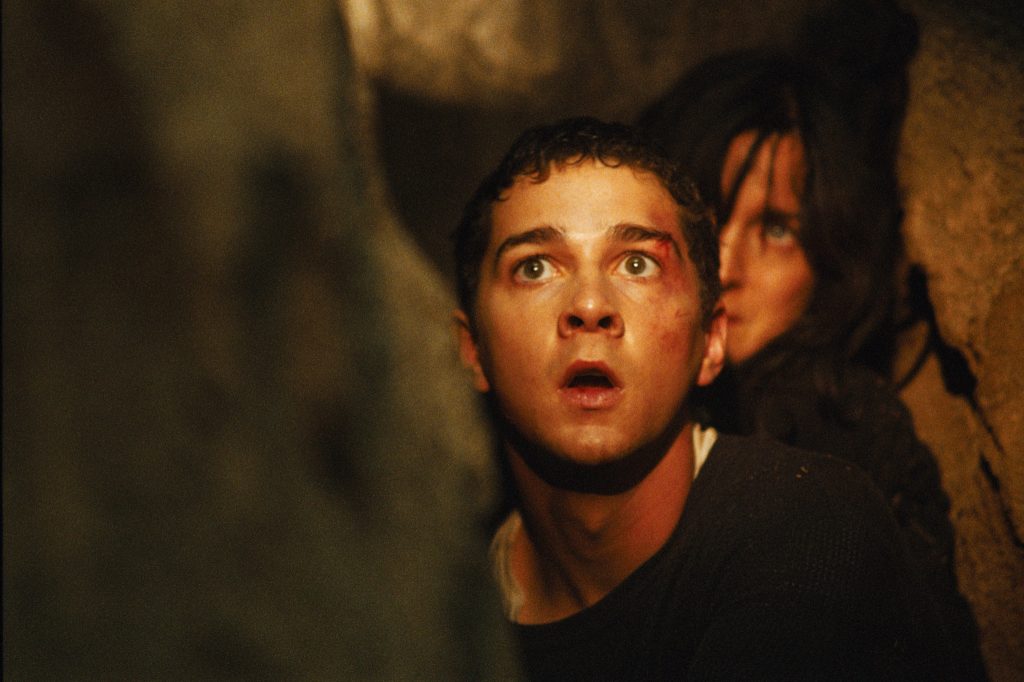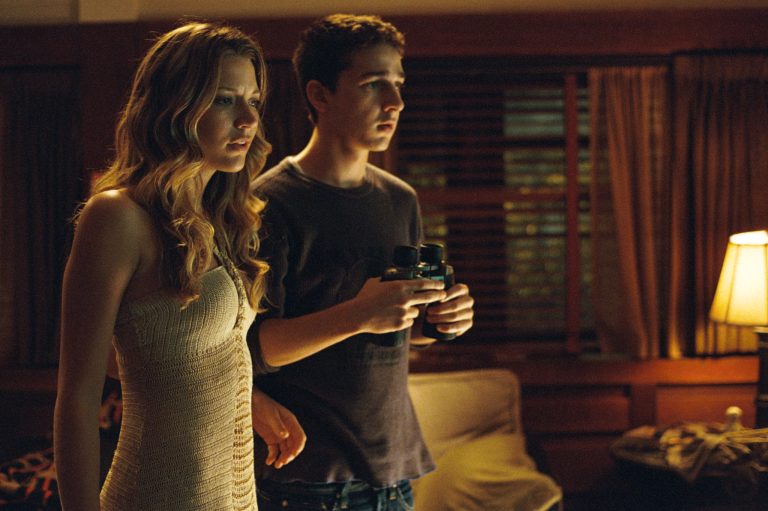When Rihanna released “Disturbia” in 2007, it quickly became a chart-topping sensation, captivating audiences worldwide with its infectious rhythm and mysterious vibe.
But beneath the surface of this dance-floor hit lies a complex web of meanings, references, and psychological themes that many fans have yet to unravel.
Also, today, we’re diving headfirst into the disturbing world of “Disturbia” to bring you seven mind-blowing secrets that will transform your understanding of this pop culture phenomenon.
The Hidden Mental Health Narrative:

At its core, “Disturbia” is a raw, unflinching look at mental health struggles. The lyrics paint a vivid picture of anxiety, paranoia, and dissociation.
Lines like “It’s a thief in the night to come and grab you” and “Release me from this curse I’m in” aren’t just catchy phrases. Interestingly, studies show that about 1 in 5 adults in the US experience mental illness each year.
Related: Cloud 9 – Elevate Your Experience with Ultimate Comfort
The Surprising Literary Connection:
Here’s something that might blow your mind: “Disturbia” shares some uncanny parallels with Edgar Allan Poe’s works, particularly “The Raven.”
Both explore themes of madness, repetition, and an overwhelming sense of doom. The song’s repetitive “bum bum be-dum” could be seen as a modern take on the raven’s haunting “nevermore.”
The Cinematic Inspiration:
Did you know that “Disturbia” shares its name with a 2007 thriller starring Shia LaBeouf? While the song isn’t directly related to the movie, both explore themes of paranoia and the blurring lines between reality and imagination.
This connection showcases how pop culture elements often intersect and influence each other, creating a rich tapestry of references and meanings.
The Symbolic Color Imagery:
Pay close attention to the colour imagery in the lyrics. “Disturbia” is filled with references to darkness, shadows, and the colour red. Also, these aren’t random choices – they’re powerful symbols.
The darkness represents the unknown and fear, while the red symbolizes danger, passion, and intensity. Also, this careful use of colour imagery adds a visual dimension to the song, making it a multi-sensory experience.

The Religious Undertones:
Believe it or not, “Disturbia” contains subtle religious references. The line “Ain’t gonna be afraid, ain’t gonna be afraid, once I put on my armour” could be interpreted as a nod to the Christian concept of the “Armor of God.”
Also, this adds an interesting spiritual dimension to the song’s exploration of inner turmoil and the fight against one’s demons.
The Dance of Duality:
One of the most fascinating aspects of “Disturbia” is its duality. It’s a song you can dance to, with an upbeat tempo and catchy hooks. Also, yet, the lyrics speak of fear, confusion, and mental anguish.
The Personal Connection:
While Rihanna didn’t write “Disturbia” herself (it was penned by Brian Kennedy and Chris Brown), she’s spoken about how the song resonates with her own experiences.
In interviews, she’s mentioned feeling overwhelmed by fame and the pressure of the spotlight, echoing the themes of disorientation and anxiety in the song. Also, this personal connection adds authenticity to her powerful performance.
Frequently Asked Questions
A: While not based on a specific true story, “Disturbia” draws from universal experiences of anxiety, fear, and mental health struggles that many people can relate to.
A: “Disturbia” is primarily classified as electropop and dance-pop, with elements of R&B and industrial music.
A: Yes! The Best International Song award at the 2009 NRJ Music Awards and was nominated for Best Dance Recording at the 51st Grammy Awards.
A: The music video, directed by Anthony Mandler, draws inspiration from classic horror films and explores themes of madness, confinement, and inner demons through striking visual metaphors.
A: It was a massive commercial success, reaching number one on the US Billboard Hot 100 and charting in the top 10 in over 20 countries worldwide.
Conclusion
As we’ve uncovered these seven dark secrets hidden within,” it’s clear that Rihanna’s hit is far more than just a catchy dance track.
It’s a complex exploration of mental health, a nod to literary classics, and a powerful piece of art that resonates on multiple levels.
The next time you hear those haunting “bum be-dum” beats, remember the depths of meaning swirling beneath the surface.
